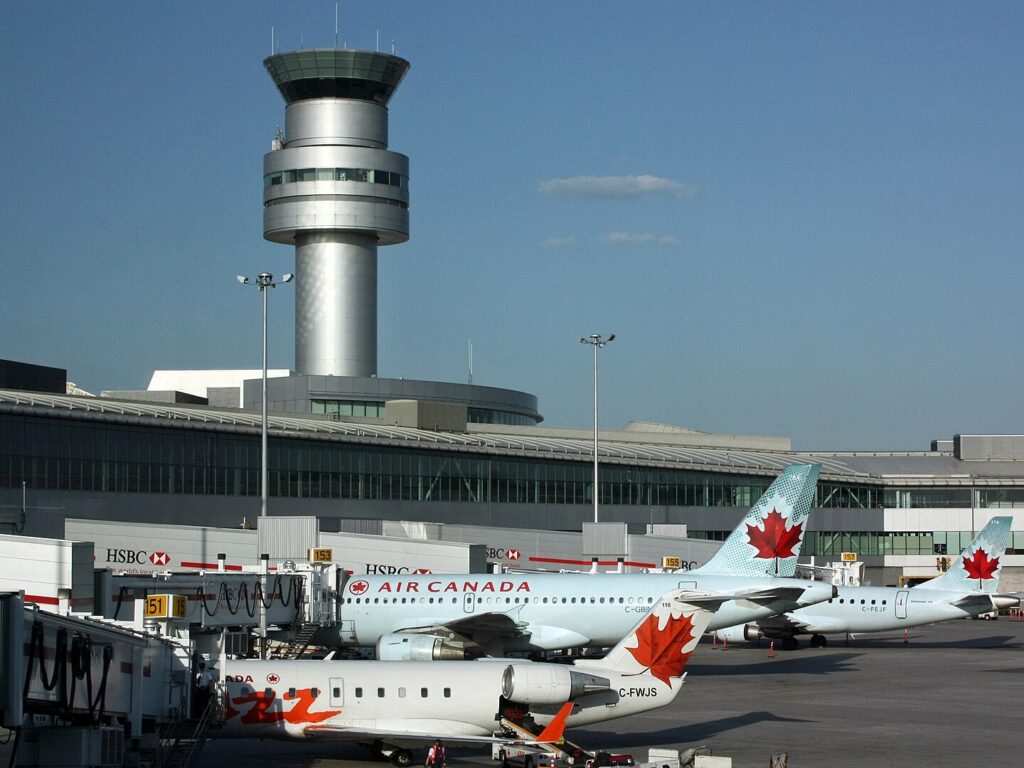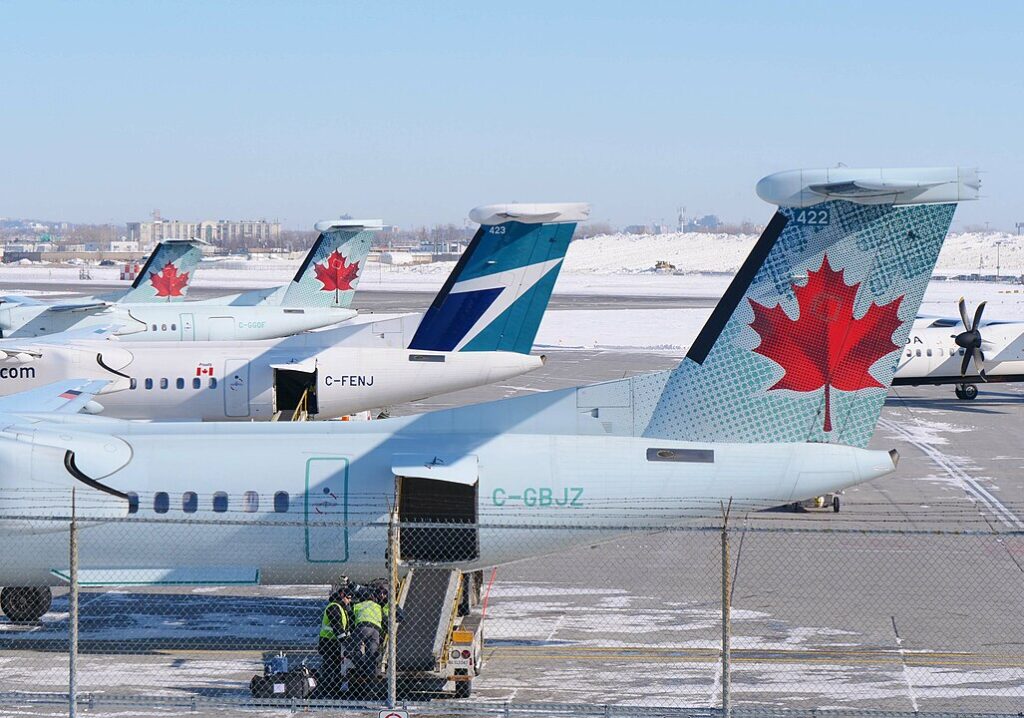OTTAWA- Canada has unveiled its Immigration Levels Plan for 2024-2026, maintaining the current immigration targets. Specifically, in 2024, Canada aims to admit 485,000 new immigrants. For both 2025 and 2026, the country intends to welcome 500,000 new immigrants each year.
These targets align with the numbers outlined in the Immigration Levels Plan 2023-2025. The latest information revealed includes the 2026 target and adjustments to the number of immigrants to be admitted across various categories and programs from 2024 to 2026.

Canada Immigration Levels Plans
In 2024, Canada is set to receive approximately 281,135 immigrants within the economic class, constituting 58% of the annual target. By 2026, this figure will increase to 301,250 immigrants, representing 60% of the annual target.
For the family class, the target in 2024 is 114,000 immigrants, making up 24% of all admissions. This number will continue to be 118,000 immigrants by 2026, maintaining the same proportion of 24% of all admissions.
The humanitarian admission targets in 2024 are projected to be 89,865 immigrants, accounting for roughly 19% of all admissions. This category encompasses refugees, protected individuals, and those admitted for humanitarian, compassionate, or other reasons. By 2026, the target will be 80,832 immigrants, making up 16% of all admissions.
Please note that the percentages may not sum up to 100% due to rounding.

Express Entry
The Express Entry program is set to admit 110,700 permanent residents in 2024, and this number will increase to 117,500 immigrants for both 2025 and 2026.
In the Provincial Nominee Program (PNP), the target is 110,000 immigrants in 2024, and this figure will rise to 120,000 in 2025, remaining the same in 2026.
For the Spousal, Partner, and Children sponsorship, the target is 82,000 admissions in 2024, and this number will increase to 84,000 for both 2025 and 2026.
In the Parents and Grandparents Program (PGP), the target is 32,000 immigrants in 2024, and 34,000 immigrants will follow this in of 2025 and 2026.

Govt Eyes Stabilization
Explaining the decision to maintain its current targets, the Canadian government states,
“This plan is designed to support economic growth while also addressing pressures in areas like housing, healthcare, and infrastructure. It outlines a responsible approach for achieving sustainable and steady population growth… Commencing in 2026, the government intends to stabilize the number of permanent residents at 500,000, allowing for a period of successful integration while further enhancing Canada’s labor market. Additionally, the government is planning measures over the next year to recalibrate the number of temporary resident admissions to ensure the sustainability of this aspect of our immigration system.”
As per the Immigration and Refugees Protection Act (IRPA), which serves as Canada’s primary immigration legislation, the federal government is obligated to unveil its annual immigration plan by November 1 in non-election years.
The Immigration Levels Plan sets the framework for the number of new permanent residents admitted to Canada over the next three years across the three main immigration categories: economic, family, and humanitarian.
This plan aligns with the objectives of Immigration, Refugees, and Citizenship Canada (IRCC) to fortify Canada’s economy, reunite families, and provide a safe haven for individuals fleeing oppression or humanitarian crises.
In 2022, Canada achieved a record of 437,000 new immigrants. The target for permanent resident admissions in 2023 is set at 465,000.

Fresh Strategy
Canada has introduced a fresh strategy to enhance its immigration system, which coincides with the release of the Immigration Levels Plan for 2024-2026.
On October 31, Immigration Minister Marc Miller acknowledged certain shortcomings within the country’s immigration system while outlining the key principles of a new approach aimed at modernizing the system.
The new strategy, titled “An Immigration System for Canada’s Future,” revolves around three main objectives:
- Enhancing the experience for newcomers by creating a more welcoming atmosphere.
- Aligning immigration with the country’s labor market requirements and skill strategies.
- Developing a comprehensive and well-coordinated growth plan that involves all three levels of government in Canada, ensuring the provision of adequate housing, healthcare, and infrastructure to support the expanding newcomer population.
The Immigration, Refugees, and Citizenship Canada (IRCC) aims to provide a more favorable and user-friendly experience for its clients, enhance the alignment of immigration policies with the nation’s skills and labor strategies, and establish an integrated plan among all levels of government to cater to the needs of the growing newcomer population.
Quebec 2024-2025 Plan
Quebec has also unveiled its immigration levels plan for 2024 and 2025. It’s essential to note that Quebec holds a unique status in Canada, being the only province with the authority to define its annual targets for permanent resident admissions.
This special status allows Quebec to tailor its immigration objectives to safeguard its distinct francophone identity. In the latest announcement, the province has set the goal of admitting 50,000 new immigrants in 2024, with a corresponding target of 50,000 immigrants for 2025.
Stay tuned with us. Further, follow us on social media for the latest updates.
Join us on Telegram Group for the Latest Aviation Updates. Subsequently, follow us on Google News.

